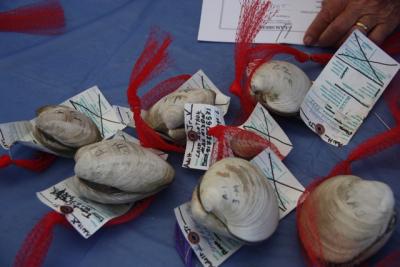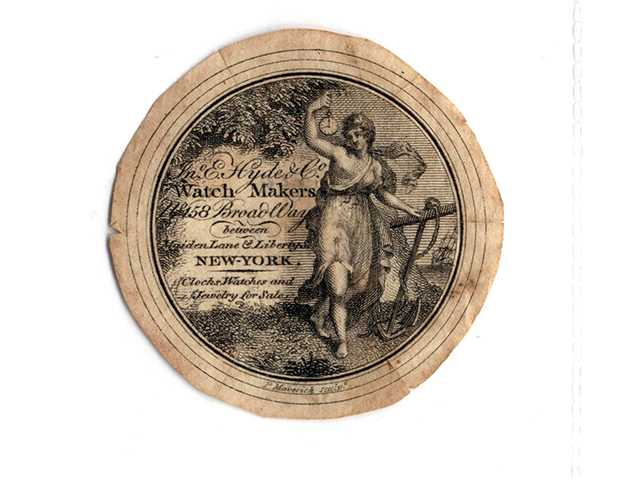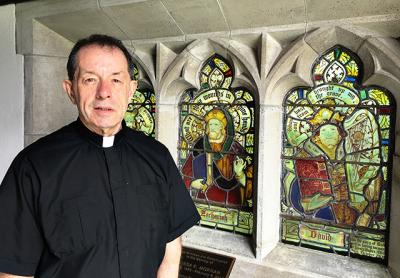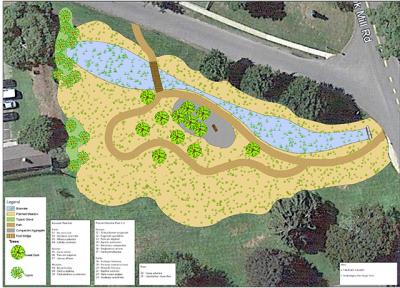Update: Necropsy Performed on Whale That Washed Ashore in Amagansett
Update: Necropsy Performed on Whale That Washed Ashore in Amagansett
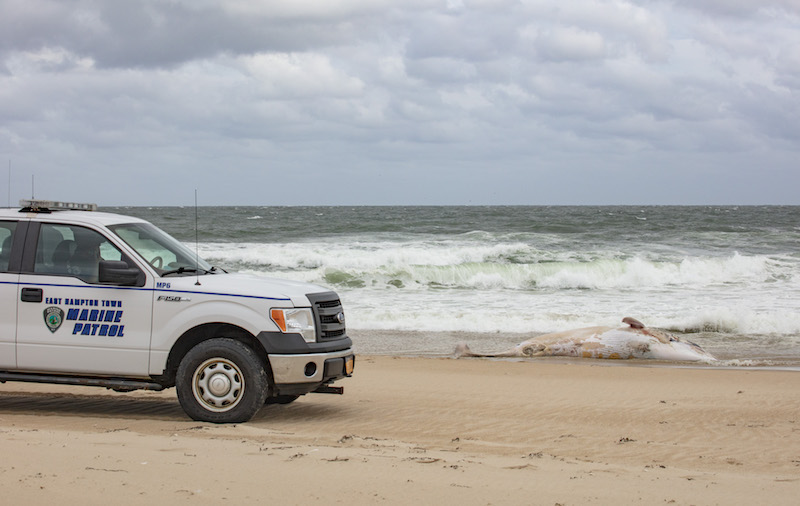
Sept. 25, 9:15 p.m.: A break in the rainy weather on Tuesday allowed a team from the Atlantic Marine Conservation Society to perform a necropsy on the dead minke whale that washed ashore at Indian Wells Beach in Amagansett Monday. The minke whale was found to be 18.7 feet in length. "The animal was fairly decomposed and missing many internal organs, including the reproductive organs, therefore the sex could not be determined," the conservation society said in a statement Tuesday evening. "Stranding investigations on all marine mammals and sea turtles are an important part of our conservation work as it provides valuable insight into the health of various species and what threats they face in our waters,” said Kimberly Durham, the society's necropsy program director. "Though a definitive cause of death could not be determined during the necropsy our team conducted for this animal today, samples were taken and sent to a pathologist."Pathology results may take several months to come back.The Town of East Hampton removed the whale's carcass from the beach.The organization also said it was proud to support the Shinnecock Nation as its members honored their heritage Monday evening after the whale washed up. Shane Weeks of the Shinnecock Nation performed a traditional ceremony for the whale, which is called podtap in Shinnecock. Mr. Weeks has been to nearly every whale beaching on Long Island for the last several years to perform a ceremony, the conservation society said."These events hold great cultural value to my people,” Mr. Weeks said in the organization's statement. "The whales were also one of the staple foods for the indigenous people in the New England area historically. Our whaling canoes could hold almost 100 people. This connection is still acknowledged to this day."This was the 10th large whale and second minke whale that the organization responded to in New York this year. There is an "unusual mortality event" for minke and humpback whales along the Atlantic coast, it said. The organization continues to ask that the public report live and dead marine mammal and sea turtle strandings immediately by calling the New York State Stranding Hotline at 631-369-9829. The public can also report sightings by emailing [email protected].Sept. 24, 10:24 p.m.: A dead minke whale washed up on Indian Wells Beach in Amagansett Monday afternoon. The Atlantic Marine Conservation Society was called to the beach for the 12-to-14-foot whale at around 4:30 p.m.The conservation society is working with East Hampton Town Marine Patrol and the East Hampton Town Highway Department to figure out how to remove the whale from the beach."This is currently all of the information available," the organization said in a statement Monday evening. After the team arrives onsite and is able to conduct a necropsy, more information will be made available. A severely decomposed humpback whale washed up on Napeague in July. A cause of death was not immediately determined.

